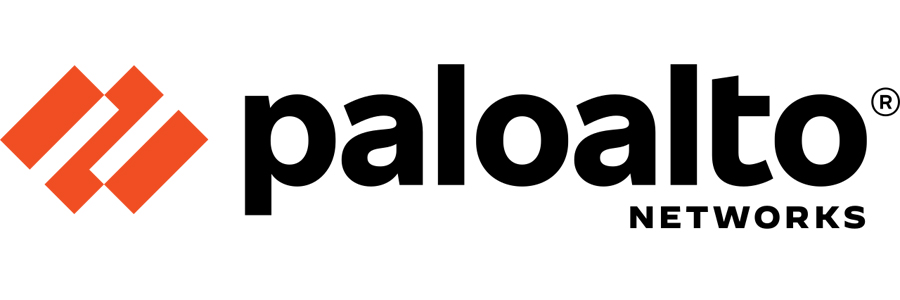Manila, Philippines – Rapid digital transformation has led to a sharp rise in organizational network infrastructure, known and unknown, thus greatly increasing the complexity of security environments. Exposures on public facing assets can lead to organizations becoming victims of opportunity rather than targeted attacks. Palo Alto Networks analyzed petabytes of data about internet-accessible exposures across 250 organizations globally between 2022 and 2023. The 2023 Unit 42 Attack Surface Threat Report found that cybercriminals are exploiting new vulnerabilities within hours of public disclosure and that organizations are finding it difficult to manage their attack surfaces at the speed and scale necessary to combat threat actor automation. Other notable findings from the report include:
Cloud Is the Dominant Attack Surface
- Vast majority of security exposures are present in cloud environments at 80% as compared to on-premise at 19%.
- Cloud-based IT infrastructure is always in a state of flux, changing by more than 20% across every industry every month.
- For most organizations, over 45% of high-risk, cloud-hosted exposures each month were a result of the constant change in cloud-hosted new services going online and/or old ones being replaced.
- Over 75% of publicly accessible software development infrastructure exposures were found in the cloud.
Attackers Move at Machine Speed
- Today’s attackers have the ability to scan the entire IPv4 address space (containing over 4 billion addresses) for vulnerable targets in minutes.
- Of the 30 Common Vulnerabilities and Exposures (CVEs) analyzed, three were exploited within hours of public disclosure and 63% were exploited within 12 weeks of the public disclosure.
Remote Access Exposures Are Widespread
- Over 85% of organizations analyzed had Remote Desktop Protocol (RDP) internet-accessible for at least 25% of the month.
- Eight of the nine industries that Unit 42 studied had internet-accessible RDP vulnerable to brute-force attacks for at least 25% of the month.
- Median financial services and state or local government organizations had RDP exposures for the entire month.
Critical Industries Are Exposed
- IT, security, and networking infrastructure make up the top exposures (48%) for manufacturing, which could lead to loss of production and revenue.
- Financial institutions most frequently expose file sharing services (38%).
- For national governments, insecure file sharing and databases are one of the most significant attack surface risks, accounting for over 46% of all the exposures in a typical national government organization.
- For healthcare organizations, 56% of publicly exposed development environments are often misconfigured and vulnerable.
- For utilities and energy, Internet-accessible IT infrastructure control panels account for 47% of the exposures.
Recommendations
- Gain continuous visibility over all assets: Ensure a comprehensive real-time understanding of all internet-accessible assets, including cloud based systems and services.
- Prioritize remediation: Focus on remediating the most critical vulnerabilities and exposures based on CVSS (Common Vulnerability Scoring System) and EPSS (Exploit Prediction Scoring System).
- Secure remote access services: Implement multifactor authentication (MFA), and monitor all remote access services for signs of unauthorized access or brute-force attacks.
- Address cloud misconfigurations: Regularly review and update inevitable cloud misconfigurations to ensure they align with best security practices.
Click here (https://www.paloaltonetworks.com/resources/research/2023-unit-42-attack-surface-threat-report) for the full report, and here (https://www.paloaltonetworks.com/blog/2023/09/attack-surface-threat-report-highlights-need-for-asm/) for the blog by Matt Kraning, CTO, Cortex at Palo Alto Networks.
Liked this post? Follow SwirlingOverCoffee on Facebook, YouTube, and Instagram.


